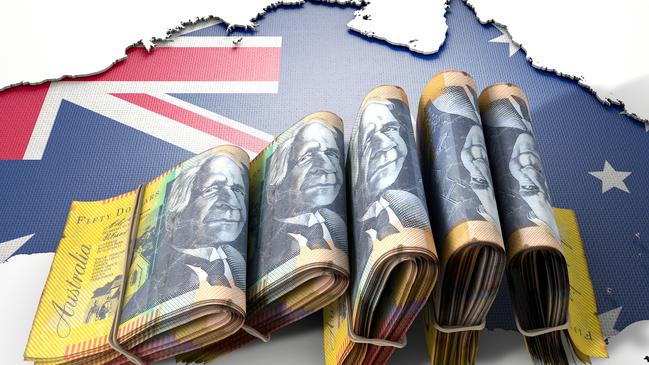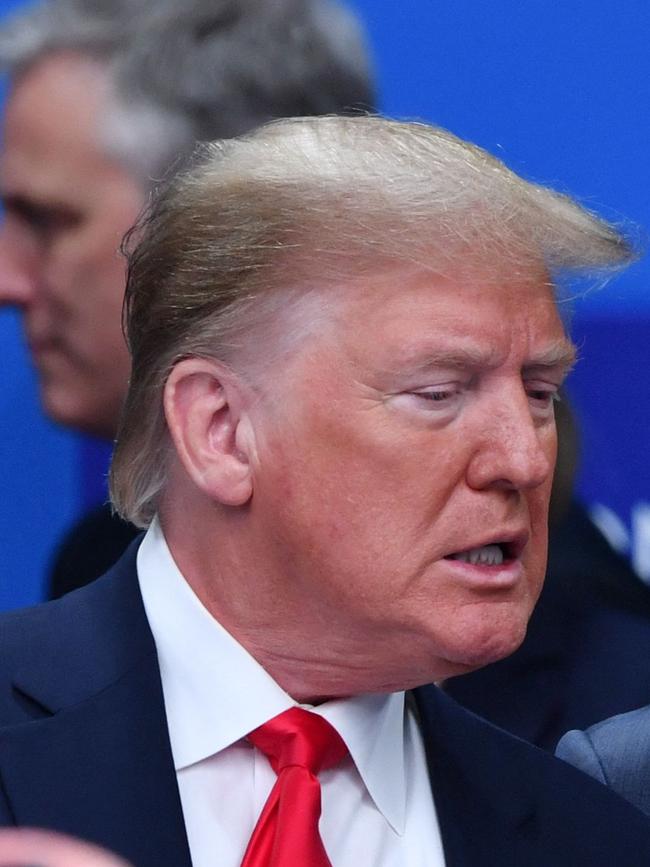More power to the Aussie dollar and less US rate cuts: my call for 2025
There are good reasons to expect the Australian dollar to move higher this year, while hoping for many US rate cuts may be wishful thinking.

Every January it makes a lot of sense to take a fresh look across all asset classes as we consider the year ahead and where we wish to balance risk with potential returns.
A key consideration will always be the currency impacts around the Australian dollar.
In common with most advisers I am never comfortable forecasting a level for the $A — as no one ever calls it correctly — but, nonetheless, I am always prepared to give an opinion on the direction.
The $A was down against the US dollar in late 2024. With the start of 2025, we have seen further weakness. At the time of writing, it was trading just below US61.5c.
The last time the market saw the $A at this level was back in 2020 during Covid. It is important to note, however, this is happening not because of the $A’s weakness but rather due to the US dollar’s strength.
Now, with the approach of President-elect Donald Trump’s inauguration on Monday, the market has already interpreted the Trump policies as marginally inflationary. This has meant lowered expectations of an interest rate cut rate. It also means interest rate differentials will be less supportive of the $A over 2025.
Meanwhile, in Australia the market had been accounting for a delay in rate cuts, anticipating only two cuts for the calendar year 2025. Now the market has pencilled in the chance of a rate cut for February priced at 80 per cent, with three rate cuts predicted overall in Australia for the calendar year.
The US Fed funds rate is presently at 4.25 to 4.5 per cent, a full 1 per cent below where it was a year ago. Conversely, the RBA official cash rate is at 4.35 per cent and unchanged since November 2023.
What once was looking like an interest rate differential in Australia’s favour and with markets forecasting three interest rate decreases for 2025, against two in US markets, we are now looking at either no interest rate differential or a rate in Australia slightly below that of the US. This has also led to recent $A weakness.
So, how should investors be thinking about the Australian market, given currency weakness and the interest rate outlook?
Keep in mind that although the US is an important market for Australia, so too is China.
Tariff impositions on an already weak Chinese economy are not just inflationary. They will force the Chinese to look at further stimulus measures and, though it is hard to predict the nature of these measures, they will play a key role in determining where the $A will head next.

As an example, a step-up in Chinese stimulus which targets their consumers will lift sentiment and provide a boost to the $A in the short term.
What’s more, these kinds of counteracting forces will lift currency volatility in 2025.
NAB’s 2025 forecast suggests it would not be surprised to see the $A/$US trade with a 5 in front of it at some point this year. I would see any level of the $A below US60c as representing good value.
In turn, this would have implications for our portfolio construction as we see the $A closing above current levels at the end of 2025.
In 2024, we saw a key theme for markets not only around AI but also for interest rate cuts, especially in the US. Further US cuts will support growth in 2025, but they will not act as the strong tailwind for markets seen last year.
For shares, I anticipate further equity market strength in 2025, again focused on the US technology and communications sectors.
I would also note a recent shift in the market leader list from hardware companies in the semiconductor chip sector towards more software-based AI businesses.
One of the big themes we saw in the past two years has been a long-term trend in the outperformance of global equities. This trend has been led by the performance of Wall Street. We recognise calling the top on bubbles is difficult. Further expansion of the US economy seems more likely than a reversal, but at a slower pace.
If there is one area which worries me and where we look for pending signs it is in “sticky” inflation.
For 2025, we say focus on the positives in the US of potential deregulation and lower taxes. When we see tariffs, look at the implications around sticky inflation and, as a result, fewer rate cuts.
Finally, understand that while it is impossible to time markets, know that in periods of accelerated valuations it is vital to keep portfolios balanced.
Will Hamilton is the managing partner of Hamilton Wealth Partners
will.hamilton@hamiltonwealth.com.au



